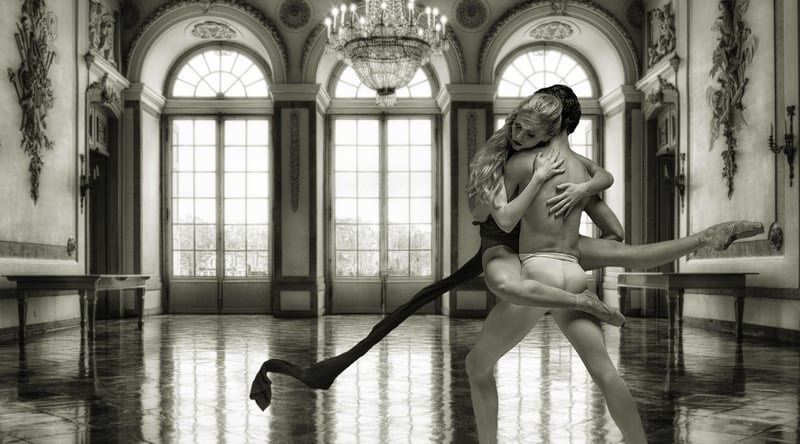Salsa
The Art of Expressive Movement in Salsa Dancing

Salsa dancing is not just about following steps; it's about expressing emotions, connecting with your partner, and telling a story through movement. In salsa, the art of expressive movement plays a vital role in creating a captivating dance experience.
Expressing Emotions
Through salsa dancing, dancers can convey a wide range of emotions such as joy, passion, sensuality, and even playfulness. The movements in salsa allow dancers to express themselves authentically and connect with the music on a deeper level.
Connecting with Your Partner
One of the unique aspects of salsa is the connection between partners. Through subtle cues, eye contact, and body movements, dancers communicate with each other, creating a seamless and harmonious dance. The art of leading and following in salsa is a beautiful display of non-verbal communication.
Telling a Story Through Movement
Every salsa dance tells a story. Whether it's a romantic encounter, a celebration of life, or a moment of pure joy, dancers use their movements to narrate these stories. The art of storytelling through salsa allows dancers to engage the audience and create an emotional connection.
Benefits of Expressive Movement in Salsa
- Improves body awareness and coordination
- Enhances emotional expression and communication skills
- Boosts confidence and self-esteem
- Provides a creative outlet for self-expression
Whether you're a seasoned salsa dancer or just starting, remember that salsa is not just a dance; it's a form of art that allows you to express yourself, connect with others, and tell stories through movement.
So next time you hit the dance floor, let the music guide you, and let your body speak through the art of expressive movement in salsa.
